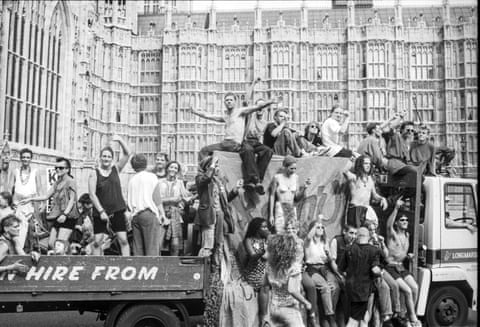In the wake of the second summer of love in 1988, acid house seemed to alter pop culture as a whole; its influence changed everything from the sound of indie bands to the productions of Stock Aitken Waterman. But few groups embraced it with quite the enthusiasm of new age travellers. Dance music played by travelling sound systems, the equipment easily packed into trucks and transported, quickly supplemented or even supplanted the long-standing soundtrack of Hawkwind-ish acid rock on the circuit of free festivals they had frequented since the 70s. Increasingly, the free events began to resemble raves, the crowds swelled by an influx of those disillusioned with the commercialisation of the post-acid house dance scene.

What happened next is lovingly documented by photographer Matthew Smith’s book Exist to Resist. Its 200 pages offer a snapshot of a brief moment in the 90s that saw perhaps the last genuine collision between pop music and the counterculture to date. The occasionally uneasy alliance between ravers and crusty travellers was big enough to draw somewhere between 20,000 and 40,000 people to the seven-day-long Castlemorton common festival in 1992. It was an event that directly inspired the 1994 Criminal Justice and Public Order Act, section 63 of which famously enabled police to shut down events featuring music “characterised by the emission of a succession of repetitive beats”.
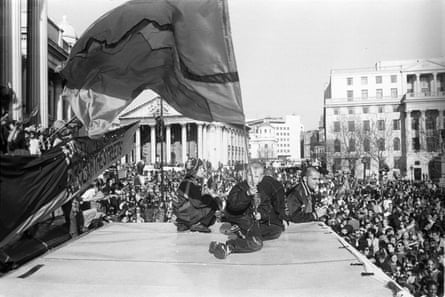
It fleetingly gave dance music, never normally a hotbed of activism, a political conscience. Exist to Resist is packed with photos of anti-criminal justice bill demonstrations and protests organised by Reclaim the Streets – although how truly committed the traditional dance scene was to reshaping itself as some kind of resistance movement was always open to question. The Prodigy’s 1994 album Music for the Jilted Generation certainly draped itself in the free party scene’s anti-establishment colours – it came replete with the anti-CJB track Their Law and a frankly dreadful painting of a long-haired raver giving the finger to a crowd of riot police on its sleeve. T, but the band themselves, however, quickly backtracked, denying any political intent and, for good measure, adding that they thought the Newbury bypass, another source of the protests featured in Exist to Resist, was a good idea. There was even a brief, doomed attempt by fabled rock manager Jazz Summers to turn Castlemorton’s prime movers Spiral Tribe into establishment-baiting pop stars: “Rush your fucking bollocks off,” offered the hookline of their 1992 single Do Et.
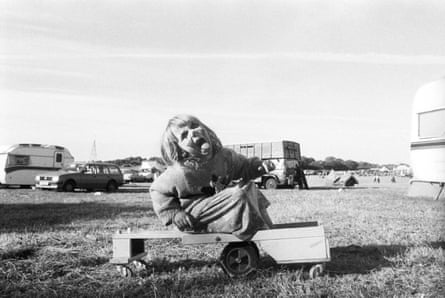
“The summer before [the introduction of the Criminal Justice Act] everyone felt like we could take over the world,” free party DJ Chris Liberator told Vice a couple of years ago. As it turned out, their moment as a mass movement was short-lived. An attempt in 1995 to organise a “second Castlemorton” called Mother was successfully thwarted by police using the new laws. The sound systems scattered – Spiral Tribe relocated to the continent – and free parties returned underground.
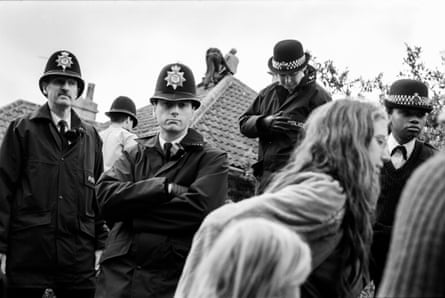
Smith describes the photos in Exist to Resist as documenting “a lost freedom” and they certainly seem like evocative period pieces now: the clothes, the vehicles, the dimly remembered slogans – “Chill the bill” – the outdoor raves that look less bucolic than post-apocalyptic. As Smith notes, the chances of seeing anything like it again seem slim to say the least.


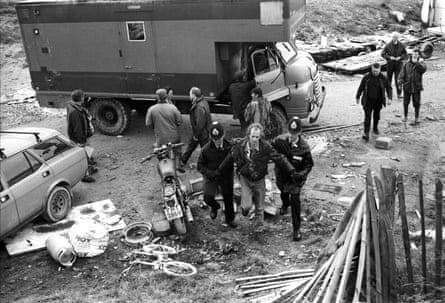
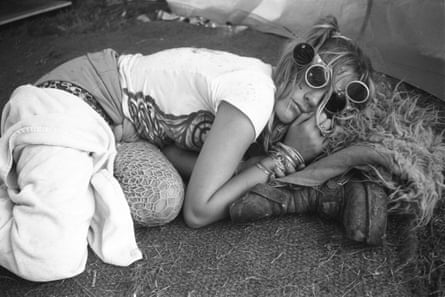

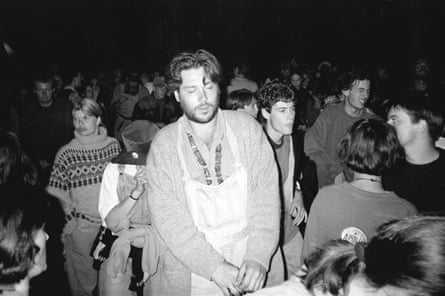
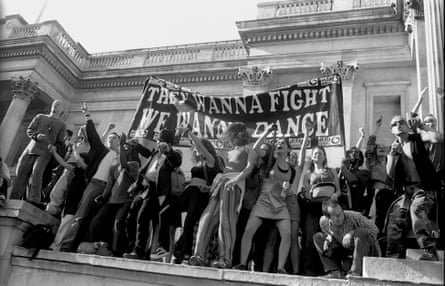
Exist to Resist is self-published by Matthew Smith. Preorder for £35 from youthclubarchive.com. Book designed by Patrick Fry.
